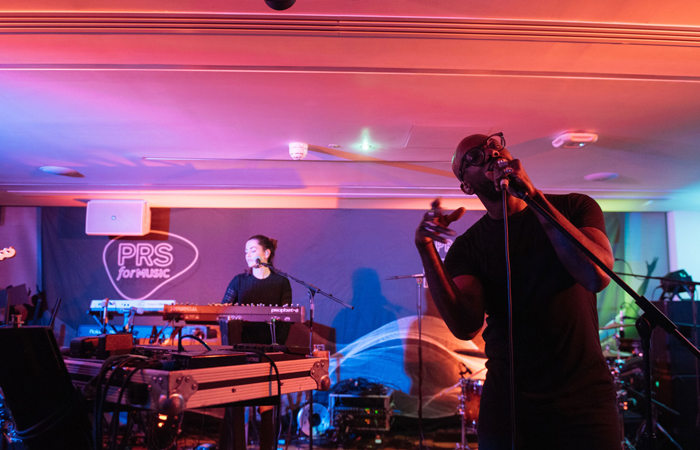
PRS for Music has reported a mean gender pay gap of 13.8% for average hourly pay as at April 2020 down from 19.1% the previous year.
The organisation, which currently has over 1,000 employees, reported its gender pay gap data in line with the government’s gender pay gap reporting regulations.
The reporting regulations require organisations with 250 or more employees to publish the differences in mean and median hourly rates of pay for male and female full-time employees, the gap in men and women’s mean and median bonus pay, the proportions of male and female employees awarded bonus pay, and the proportions of male and female full-time employees in the lower, lower-middle, upper-middle and upper quartile pay bands.
Due to the Covid-19 (Coronavirus) pandemic, gender pay gap reporting regulations have been suspended for the 2019/2020 reporting period, however, the organisation voluntarily chose to publish its data for both 2019 and 2020.
PRS for Music’s median gender pay gap is 20.8%, as at April 2020, an increase on the 17.8% in the year before. On average, women earn 79p compared to every £1 their male counterparts earn.
Its median gender pay gap for bonuses paid during the reporting period is 41.9% compared to a 33.3% bonus payment gap the previous year. The mean gender pay gap for bonus payments is 45.9%, compared to 46.4% the year before.
Over the reporting period, 70.8% of female employees and 82.9% of male employees received bonus payments.
One-third (33%) of employees in the highest pay quartile at PRS for Music are female, compared to 43% in the second quartile, 50% in the third quartile and 55% in the lowest pay quartile.
Andrea Martin, chief executive at PRS for Music, said: “We respect and embrace difference and value diverse teams. Just like the members we represent and the music they make, we are multifaceted. Inclusion is one of our core values, which we use to evaluate performance, and we strive to be a workplace where everyone is treated fairly, regardless of gender, race, sexuality, or any other characteristic.
“Since our first gender pay gap report for 2017, our organisation has changed significantly, and will no doubt continue to do so as we manage the impact of the Coronavirus pandemic. Our gender pay gap figures have shown modest improvement over this period and we have taken several steps to support the increase in women in senior roles, but we must and will do more, to close the gender pay gap and champion diversity and inclusion at every level of our organisation.”